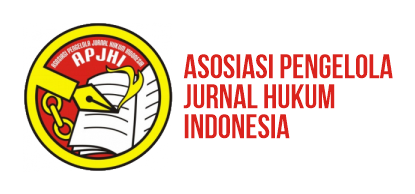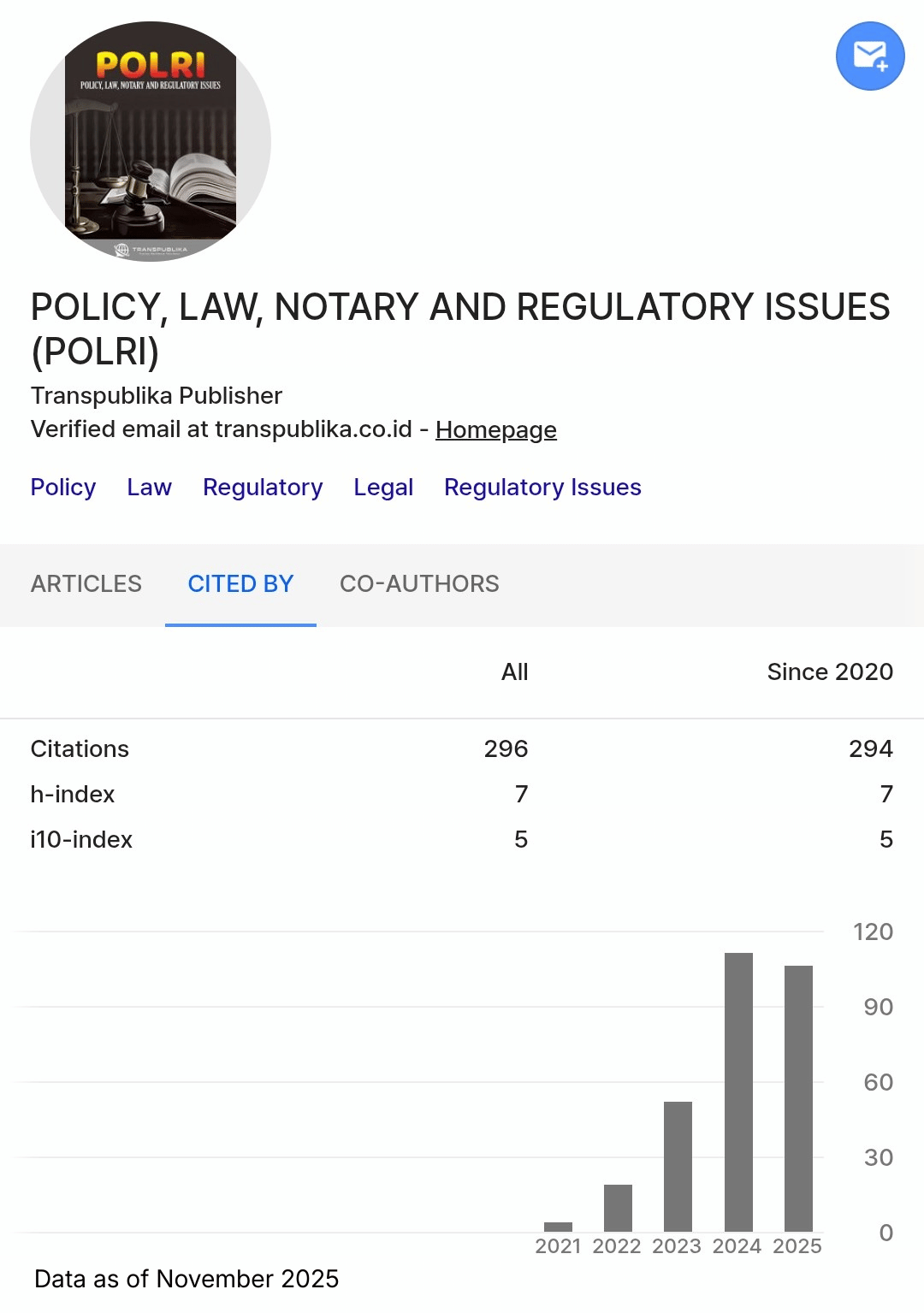Analyzing Pakistan's Fragile Political, Social, and Economic Landscape: Challenges, Transitions, and Structured Solutions Needed
Main Article Content
Abuzar Khpalwak Zazai*
Najeebrahman Rahmani
Assadullah Zirak
Due to the increasing political, security, social, and economic challenges in Pakistan, it is necessary for everyone to have a better and more accurate understanding of it to have a clear picture of the current situation in Pakistan. The aim of highlighting the above-mentioned topics is to provide a comprehensive roadmap for identifying, analyzing, and solving issues and problems that have hindered the development and progress of the country, especially when officials are not saying much about it. This research utilizes both quantitative and qualitative methods to extract findings. Materials for the article have been gathered from electronic media, printed materials, reputable reports (UN, UNDP), etc. Based on the analysis and evaluation of the political, security, social, and economic situation of Pakistan, it can be said that country is in a precarious situation and its management is beyond the capacity of its rulers and politicians. If this situation continues, it is possible that the country's situation will become more volatile in the near future, and in that case, the possibility of Pakistan's disintegration in the coming years is conceivable.
Afzal, S., & Naseem, A. (2018). China Pakistan Economic Corridor (CPEC): Challenges and Prospects. SSOAR, 2(1), 209-222. Retrieved from (http://creativecommons.org/license/by/4.0).
Ahmad, I., ur Rehman, K., Ali, A., Itbar Khan, & Akber Khan, F. (2014). Critical Analysis of the Problems of Education in Pakistan:Possible Solutions. International Journal of Evaluation and Research in Education (IJERE), 3(2), 79-84. Retrieved from http://iaesjournal.com/online/index.php/IJERE.
Ajmal Khan, Mommen Khan, & Azam Khan, S. (2023). A Critical Analysis of Pakistan's Budget 2023-24: The Fiscal Challenges. Bulletin of Business and Economics, 12(3), 1001-1014. doi:https://doi.org/10.61506/01.00041.
Alam, A., & Bano, A. (2023). A Journey of a Thousand Miles:A Step Toward a Pashtun Women's Movement in Khyber Pakhtunkhwa, Pakistan. Südasien-Chronik - South Asia Chronicle 13/2023© Südasien-Seminar der HumboldtUniversität zu Berlin, 115-142.
Bank, A. D. (2002). Poverty In Pakistan. Islamabad.
Briefing, R. W. (2019). PTM Leader Detained By Pakistani Government In Violation Of Human Rights.
Burki, S. J. (2012). Pakistan’s Economic Troubles. Institute of South Asian Studies(21 February 2012).
Chawla, S. (2023). Pakistan’s Political and Economic Quagmire and Military’s Increasing Dominance. Defence and Diplomacy Journal, 12.
Dr. Muhammad Asif, Pasha, D. A., Mumtaz, D., & Sabir, B. (2023). Causes Of Youth Unemployment In Pakistan. Inverge Journal Of Social Sciences, 2(1). Retrieved from https://invergejournals.com.
Foundation, V. I. (2023). Narrative of Despondent Pashtuns, Ethnicity and the Pakistani Military. New Delhi: Foundation, Vivekananda International.
Group, I. C. (2023). Pakistan: At the Tipping Point? International Crisis Group.
Husain, I. (2018). Pakistan’s Economy and Regional Challenges. SAGE, 253-270. doi:10.1177/0020881718796041.
Hyder, A. (2023). Trials and Turmoil: Navigating the Interconnected Challenges of Politics, Economy, and Climate Change. Karachi: Institute of Business Administration, Karachi. Retrieved from Website: www.cber.iba.edu.pk.
Kronstadt, K. (2008). Pakistan’s Political Crises. Members and Commttees of Congress. Congressional Research Service.
Lunn, J., Taylor, C., Youngs, T., & Beale, E. (2007). Pakistan’s political and Security Challenges. Library Research Papers(13 September 2007). Retrieved from http://hcl1.hclibrary.parliament.uk
Narrative of Despondent Pashtuns, Ethnicity and the Pakistan Military. (2023). Vivekananda International Foundation.
Nasir, H., Saeed, N., & Akram, M. (2023). Ethnic fault-lines of Pakistan: A Study of Pashtun Tahafuz Movement (PTM). Global Pakistan Studies Research Review, VI(1), 73-84. doi:10.31703/gpsrr.2023(VI-I).07
O. Wolf, S. (2022). Pakistan's new government challenges. South Asia Democratic Forum. doi:10.48251/SADF.ISSN.2406-5617.C230
Rafiq, A. (2023). Pakistan’s Polycrisis. European Union Institute for Security Studies. doi:10.2815/96854
Rasheed, S., Muhammad Ali, M., & Ishtiaq Ahmad. (2024). An Economic Impact of Political Instability and Corruption on Economic Development: Evidence from Pakistan. Pakistan Journal of Economic Studies, 7(1), 3-15. Retrieved from https://journals.iub.edu.pk/index.php/pjes/index
Shabnam, N., Aurangzeb, N., & Riaz, S. (2023). Rising food prices and poverty in Pakistan. (G. Kruseman, Ed.) PLOS ONE. doi:https://doi.org/10.1371/journal.pone.0292071
Shukla, A. (2023). Pakistan's Multifaceted Political. Manohar Parrikar Institute for Defence.
UNDP. (2023). Multidimensional Poverty Index 2023. UNDP.
UN-HABITAT. (2023). PAKISTAN. Islamabad: UN-HABITAT. Retrieved from www.unhabitat.org.pk
Ur-Rehman, D. (2023). Critical Issues Of Governance In Pakistan: Strategies And Solutions. ISSRA, 77-86.
Yaqub, M. (2011). The Causes of Economic Crisis in Pakistan and Its Remedial Measures. SBP Research Bulletin, 7.
Yousofi, S. (2024, 10 14). Pashtuns Khyber Jirga Concluded With Key Decisions. Tolo news.
Yusuf, S. (2022). Pakistan’s Crises: The Making of a Perfect Storm. Center for Global Development.
Waheed, A., Fischer, T. B., & Khan, M. I. (2021). Climate change policy coherence across policies, plans, and strategies in Pakistan—Implications for the China–Pakistan Economic Corridor plan. Environmental Management, 67(5), 793–810. https://doi.org/10.1007/s00267-021-01449-y
Zaman, K. (2023). Navigating the Perils of a Banana Republic: Lessons from Pakistan's Economic Crisis. Munich Personal RePEc Archive, 1(1), 33-41. doi:https://doi.org/10.5281/zenodo.7715198















